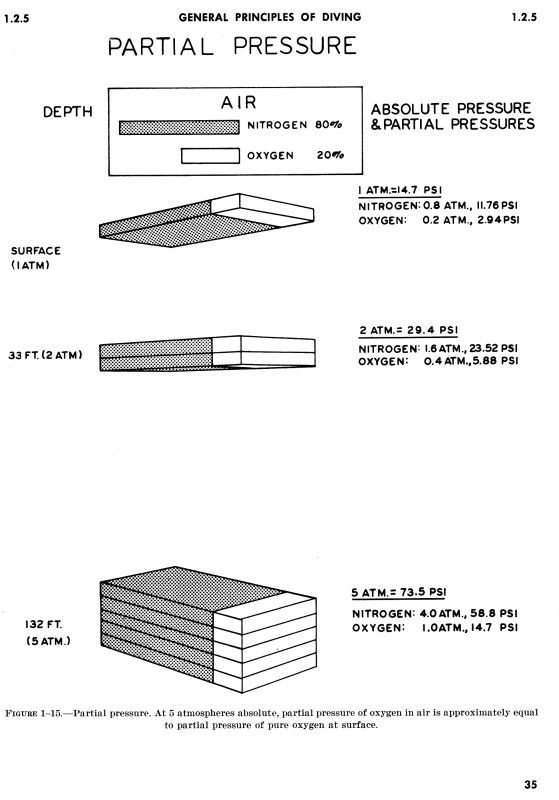If you look at the physics of breathing, you cannot decrease the partial pressure of oxygen in the blood by skip breathing. This is a function of physics, where the oxygen in the breath will diffuse into the bloodstream, and get attached to red blood cells as a function of the ambient pressure. If a person was using up all the oxygen in the breath by breathing, this would be true (that skip breathing could decrease the partial pressure of oxygen in the blood). But when we breath, we exhale something like 16% oxygen in the breath--that's oxygen that under pressure will diffuse into the blood stream. All you are doing is building up CO2 by skip breathing.
We have known the limits of diving on air since the early 1950s and the deaths of divers such as Maurice Fargues. Jacques Cousteau and Frederick Dumas in their book, The Silent World. To push those limits involves risks that are unacceptable to most; and it is a fallacy that the person is only risking his own life and not that of others by engaging in these extreme deep diving activities. Others will try to recover the body, and sometimes at a risk to their own life they will encounter risks that they did not plan for--please view this Tribute to David Shaw to understand that the risks are not simply those of the diver involved.
When I was in the U.S. Air Force, one of our pilots said, "There are old pilots, and there are bold pilots, but there are no old, bold pilots." I wonder if this applies to divers too?
SeaRat
We have known the limits of diving on air since the early 1950s and the deaths of divers such as Maurice Fargues. Jacques Cousteau and Frederick Dumas in their book, The Silent World. To push those limits involves risks that are unacceptable to most; and it is a fallacy that the person is only risking his own life and not that of others by engaging in these extreme deep diving activities. Others will try to recover the body, and sometimes at a risk to their own life they will encounter risks that they did not plan for--please view this Tribute to David Shaw to understand that the risks are not simply those of the diver involved.
When I was in the U.S. Air Force, one of our pilots said, "There are old pilots, and there are bold pilots, but there are no old, bold pilots." I wonder if this applies to divers too?
SeaRat




